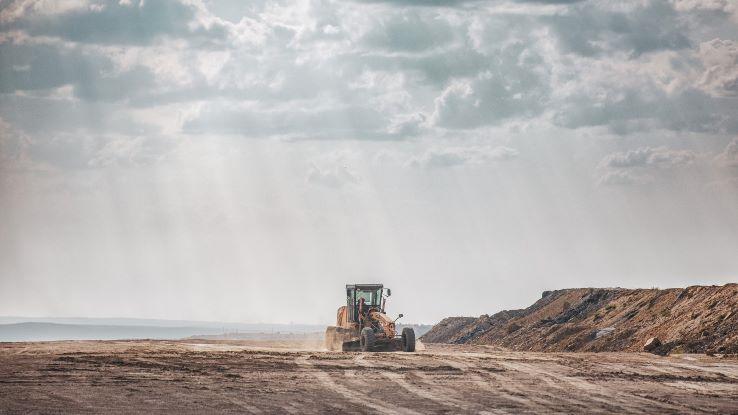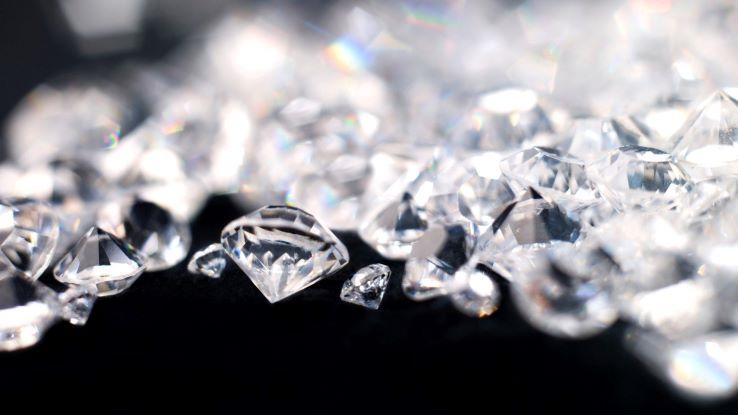
Zales is known for its variety, quality and affordability, which have remained its hallmarks since its first store opened in Wichita Falls, Texas, in 1924. The jewelry store has since evolved from a single retail outlet to a franchise with more than 1,700 locations. Although Zales is easily accessible, widely available and popular, the question of where this company gets its jewelry from is an important one for many consumers.
Part of the reason that sourcing has become so significant to consumers is that supply chains in the jewelry business have lacked transparency through the years and have concealed a very dark side of the industry. The majority of the minerals, metals and gems come from some of the poorest areas of the world and only make it to market after passing through many hands and harming people and the environment. It’s clear that responsible sourcing is a delicate yet critical issue for jewelers large and small for good reason — but where does Zales stand on the matter, and where does its jewelry come from?
Why Is Responsible Sourcing So Essential?
Mining for precious metals, minerals and gemstones can have a disastrous impact on the environment. To find and mine just one 1-carat diamond, 1,750 tons of earth need to be moved. This activity, and the excavation and construction of a mine itself, can be devastating to and destroy entire ecosystems, displacing local populations and wildlife in the process. Gold mining often introduces toxic chemicals like cyanide and mercury into an area. Gemstone mining typically causes erosion, which destroys farmland, and removes or reroutes water sources that people rely on.

Compounding the issue of sourcing is the fact that gemstone mining has a history fraught with bloodshed, colonialism and poverty. Blood diamonds, which are mined and used as currency for insurgent groups looking to buy weapons and to finance violent conflicts, frequently make their way to international markets. Mine workers in Africa, who are very often young children, earn less than a dollar a day while risking their lives for the stones. And now that there’s greater awareness of the horrific conditions and brutality surrounding gemstone mining, consumers don’t want to contribute to demand for gems “associated with chaos and controversy and pain.”
The combination of environmental and economic issues that underscores the importance of responsible jewelry sourcing hasn’t gone unnoticed by Zales and its parent company, Signet Jewelers Limited. Signet purchased Zales in 2014, bringing it into the family of specialty retail jewelers that also includes Jared the Galleria of Jewelers, Kay Jewelers and several smaller brands.
Signet — and Zales by default — follow the Signet Responsible Sourcing Protocol (SRSP), which strives to promote and utilize sustainable sourcing through the entire jewelry supply chain. The SRSP has separate indexes for silver, platinum, colored gemstones, natural diamonds, laboratory-created diamonds, gold and the three Ts: tantalum, tungsten and tin. The protocol is designed to ensure that every piece of jewelry comes from conflict-free sources and helps the company “continually strive to assure…that [its] supply chain avoids action that may directly or indirectly finance armed conflict and serious human rights violations around the world.”
Zales Diamonds: Sourcing and Supply
Zales sells natural diamonds that come from two main sources: Canada and conflict-free areas. Canadian diamonds, which Zales sells under the “Arctic Brilliance” line, come from the northwestern part of the country, a region known as the Canadian Arctic. These diamonds are prized for their quality and high-grade color and clarity. The mines are located in very remote areas that allow deliveries via an “ice road” only for 10 weeks out of the year. These diamonds are mined using methods that adhere to high environmental standards.

Canadian diamonds are conflict-free, meaning that the gems’ supply chain, from mining to delivery, has no connection to rebel or terror groups. Other conflict-free diamond sources include areas that comply with the Kimberley Process Certification Scheme, which defines requirements that countries must follow to meet the scheme’s standard of sustainability and to ensure that the diamonds are both mined and delivered using legitimate, humane methods. Each diamond should come with a certificate that acknowledges it meets these regulations. In addition to Canada, these diamonds may come from Australia, Russia and some countries in Africa.
Some jewelers can provide documentation that traces a diamond’s supply chain from start to finish. Ask your local jeweler for more information if you have concerns about the origins of a diamond you’re considering.
Beyond the Mine: Lab-Grown Alternatives
Although jewelry companies are striving to provide more transparency in their supply chains, it’s natural for consumers to feel wary when dealing with an industry that relied on controversial practices for so long. One method of sourcing diamonds — growing them in a lab — eliminates these worries because it also eliminates the traditional supply chain and mining activities.

Lab-grown diamonds have the same chemical composition as mined diamonds, but they’re created in laboratories under conditions that mimic the natural “growing” conditions of mined diamonds. They have the same physical and optical properties as diamonds that form below the surface of the earth and are indistinguishable from natural gems. Lab-grown diamonds are still real diamonds, but without the ecological and sociopolitical damage and conflicts.
Zales has a line of lab-created diamonds that look and feel very much like natural diamonds, but they don’t take billions of years to form like their natural counterparts. They’re independently certified, 100% conflict-free and included in the Zales Lifetime Diamond Commitment, which replaces damaged diamonds, provides lifetime cleanings and offers trade-ins for jewelry upgrades. These lab-grown diamonds are also less expensive, although the long-term value of lab-created diamonds is unknown because the technology is relatively new.
If you’re in the market for diamond jewelry but are having trouble reconciling this purchase with the potential for unethical sourcing, consider lab-grown stones. When you buy these gems, you can rest assured that they’re environmentally sustainable and conflict-free.





